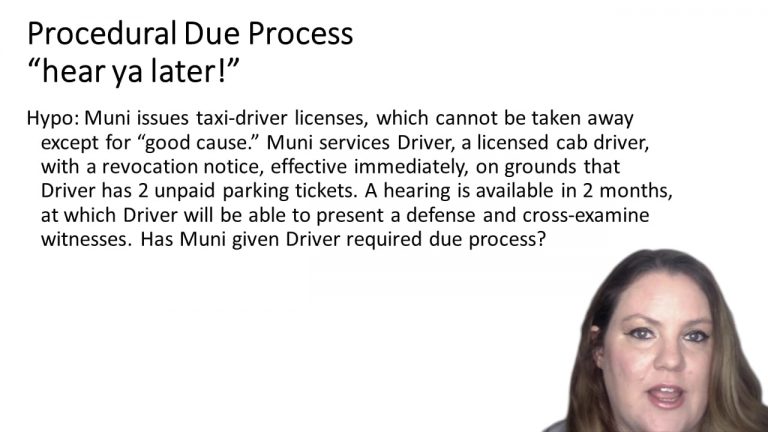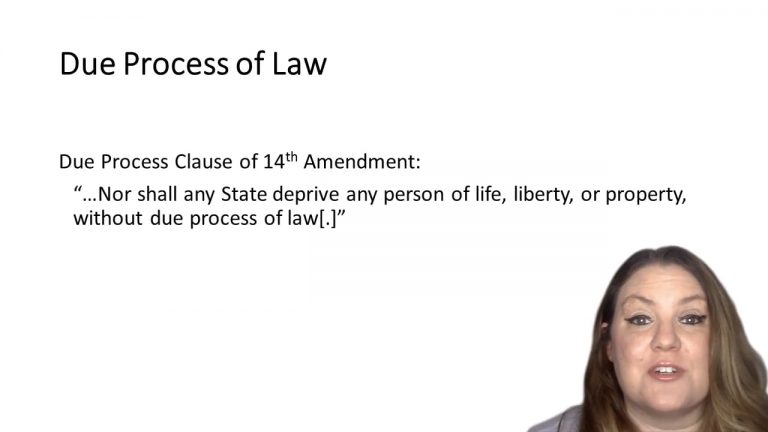SmartBrief
Confirm favorite deletion?
Constitutional Law Keyed to Shanor
Cleveland Board of Education v. Loudermill
Citation:
470 U.S. 532 (1985)Facts
In 1979 the Cleveland Board of Education hired respondent James Loudermill as a security guard. On his job application, James stated that he had never been convicted of a felony. Eleven months later, as part of a routine examination of his employment records, the Board discovered that in fact James had been convicted of grand larceny. The Board informed James that he had been dismissed because of his dishonesty in filling out the employment application. James was not afforded an opportunity to respond to the charge of dishonesty or to challenge his dismissal. Under Ohio law, James was classified civil servant. Such employees can be terminated only for cause, and may obtain administrative review if discharged.
Only StudyBuddy Pro offers the complete Case Brief Anatomy*
Access the most important case brief elements for optimal case understanding.
*Case Brief Anatomy includes: Brief Prologue, Complete Case Brief, Brief Epilogue
- The Brief Prologue provides necessary case brief introductory information and includes:
Topic:
Identifies the topic of law and where this case fits within your course outline.Parties:
Identifies the cast of characters involved in the case.Procedural Posture & History:
Shares the case history with how lower courts have ruled on the matter.Case Key Terms, Acts, Doctrines, etc.:
A case specific Legal Term Dictionary.Case Doctrines, Acts, Statutes, Amendments and Treatises:
Identifies and Defines Legal Authority used in this case.
- The Case Brief is the complete case summarized and authored in the traditional Law School I.R.A.C. format. The Pro case brief includes:
Brief Facts:
A Synopsis of the Facts of the case.Rule of Law:
Identifies the Legal Principle the Court used in deciding the case.Facts:
What are the factual circumstances that gave rise to the civil or criminal case? What is the relationship of the Parties that are involved in the case.Issue(s):
Lists the Questions of Law that are raised by the Facts of the case.Holding:
Shares the Court's answer to the legal questions raised in the issue.Concurring / Dissenting Opinions:
Includes valuable concurring or dissenting opinions and their key points.Reasoning and Analysis:
Identifies the chain of argument(s) which led the judges to rule as they did.
- The Brief Prologue closes the case brief with important forward-looking discussion and includes:
Policy:
Identifies the Policy if any that has been established by the case.Court Direction:
Shares where the Court went from here for this case.
Topic Resources
Topic Outline
Topic Refresher Course
Topic Charts & Notes

 3m 5s
3m 5s 2m 6s
2m 6s